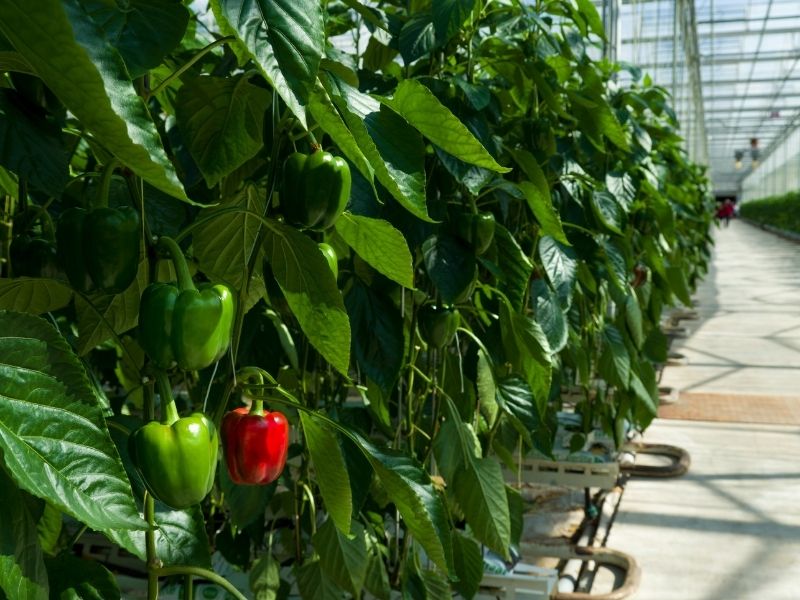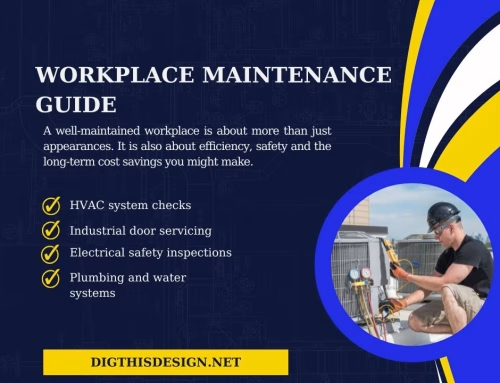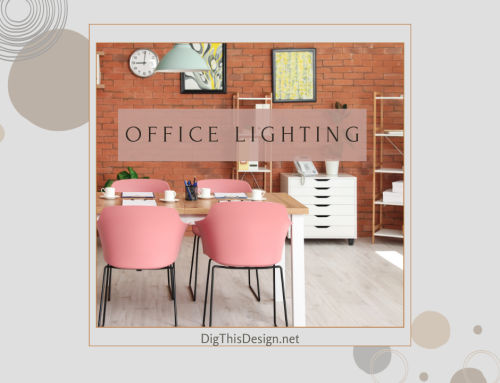Are you interested in building a commercial greenhouse? These structures allow businesses to grow crops all year round which extends the growing season for commercial profit. In addition to protecting the germinating seedlings from harsh weather, they also protect seedlings from pests.
There are several factors to consider when building such a structure. those factors include the location, designs, and environmental control. There are numerous greenhouse solution providers, such as Prospiant Commercial Greenhouses, offering exceptional service and innovative designs.
If you’re interested in the commercial greenhouse business, then we invite you to continue reading today’s article for planning through construction.
Building A Commercial Greenhouse? Here Is The Info You Need.

1. The initial step towards building a greenhouse is planning.
Planning involves its location, size, and type. Individuals interested in building a greenhouse must first decide on the types of crops. they also must consider whether they grow vegetables, perennials, potted plants, bedding plants, or herbs.
Additionally, they must consider the growing period, growing media, and system. For instance, the growing period can be seasonal or year-round. In contrast, growing media involves soil, nutrient solution, soilless mix, compost, etc.
2. Location and regulations.
Even though commercial greenhouses can be built on virtually any site, there are certain advantages that some sites have over others. There are also regulations for building commercial greenhouses, such as building, wetland, and zoning regulations.
4. Topography requirements.
In terms of topography, sites with a gentle slope to the south offer a greater gain of solar energy and provide rain drainage. Therefore, selecting a site with a slope between one and two percent is likely to reduce the costs for its preparation. Also, highway access is an important aspect to consider, depending on the type of business operation. For example, retailers stand to gain more from a greenhouse located near a residential area, whereas wholesalers would benefit more from having highway access.
5. Orientation to the sun.
As far as orientation is concerned, commercial greenhouses require optimal solar access during the day, as well as throughout the year. Plants need to receive sufficient light to perform photosynthesis. Windbreaks to the north are capable of providing wind protection and conserving energy. Learn more about the process of photosynthesis and the role of chlorophyll.
6. Access to water.
Water is another important consideration when building a commercial greenhouse. The water amount necessary depends on the irrigation system type, crops, and climate. On average, 0.3 gallons of water per day are considered adequate for a single square foot of growing space. Since the water originating from natural sources contains certain impurities, water quality tests need to be frequently performed.
7. Planning for future expansion.
Ultimately, you must also include expansion during the planning process. In fact, it’s highly effective to make predictions about how your operations might look in a five or ten-year period. Of course, the planning before the installation of water and electrical systems must also include future expansion.
8. Choose a type of construction.
A well-designed commercial greenhouse uses space in the best possible way while ensuring accurate environment controls. These commercial structures are either free-standing or gutter-connected. The former comes in three roof shapes, Quonset, gothic, or gable. The width of the Quonset roof shape is a maximum of 34 feet. Conversely, the Quonset roof shape can be wider, up to 60 feet.
⎆ Gothic roofs.
Gothic roof shapes provide a better transmission of light and easier snow shedding. The free-standing design is suitable for growing spaces of fewer than 10,000 square feet. These are also more appropriate for areas where heavy snows are frequent. In general, free-standing commercial greenhouses are less costly to build, because the expenses for erection and site preparation are lower. Follow this URL, https://www.wikihow.com/Arrange-the-Inside-of-a-Greenhouse, for some tips on arranging the inside of a greenhouse.
⎆ Gutter-connected structures.
Gutter-connected structures, on the other hand, are more flexible. Space is utilized properly owing to the vertical sides, whereas the gutter height offers an air buffer. This design provides superior airflow and temperature control, which are suitable for growing various crops and plants. The size of these structures is at least 10,000 square feet. They are efficient, economical, and easy to install.
Heating costs in gutter-connected commercial greenhouses are 25 % lower than those in free-standing models of the same size, because of the central heat. Regarding glazing, there are different materials to consider, such as double poly, corrugated polycarbonate, or acrylic. Double poly is an inexpensive material with a short lifespan of just four years. Conversely, corrugated polycarbonate is far costlier because of the much longer lifespan of twenty years.
9. Consider environmental control.
Another factor to consider is environmental control regarding heat, cooling, and energy conservation. The best choice of a heating system is a hot water boiler. This must also include independent temperature control for various crops. However, in winter, when you drain the water systems, hot air furnaces or heaters are a good solution.
Cooling is incredibly important as well, given the significance of ventilation. Therefore, you must locate your greenhouse properly, with a large roof and sidewall louvers. A fan and louver system is costlier to operate in comparison to natural ventilation. Nevertheless, this system enables better temperature control, providing two cubic feet of air in winter and eight cubic feet of air during summer.
Considering the high cost of fuel, energy conservation is important for reducing production costs. Some of the best measures include perimeter insulation, double glazing, windbreakers, and shade screens. You conserve energy as well by growing crops that require cool temperatures.
In conclusion.
Select the right design, location, and environmental control to produce crops in large quantities all year long! If you have any questions or suggestions, we love to hear from you in the comments below. Also below are links to more fantastic and useful articles about ALL things DESIGN for your home or business.
Images Courtesy of Canva.
Other Posts You Might Enjoy:
6 Hobbies That Are Easy And Fun To Pick Up
6 Tips To Create The Best Greenhouse Design





